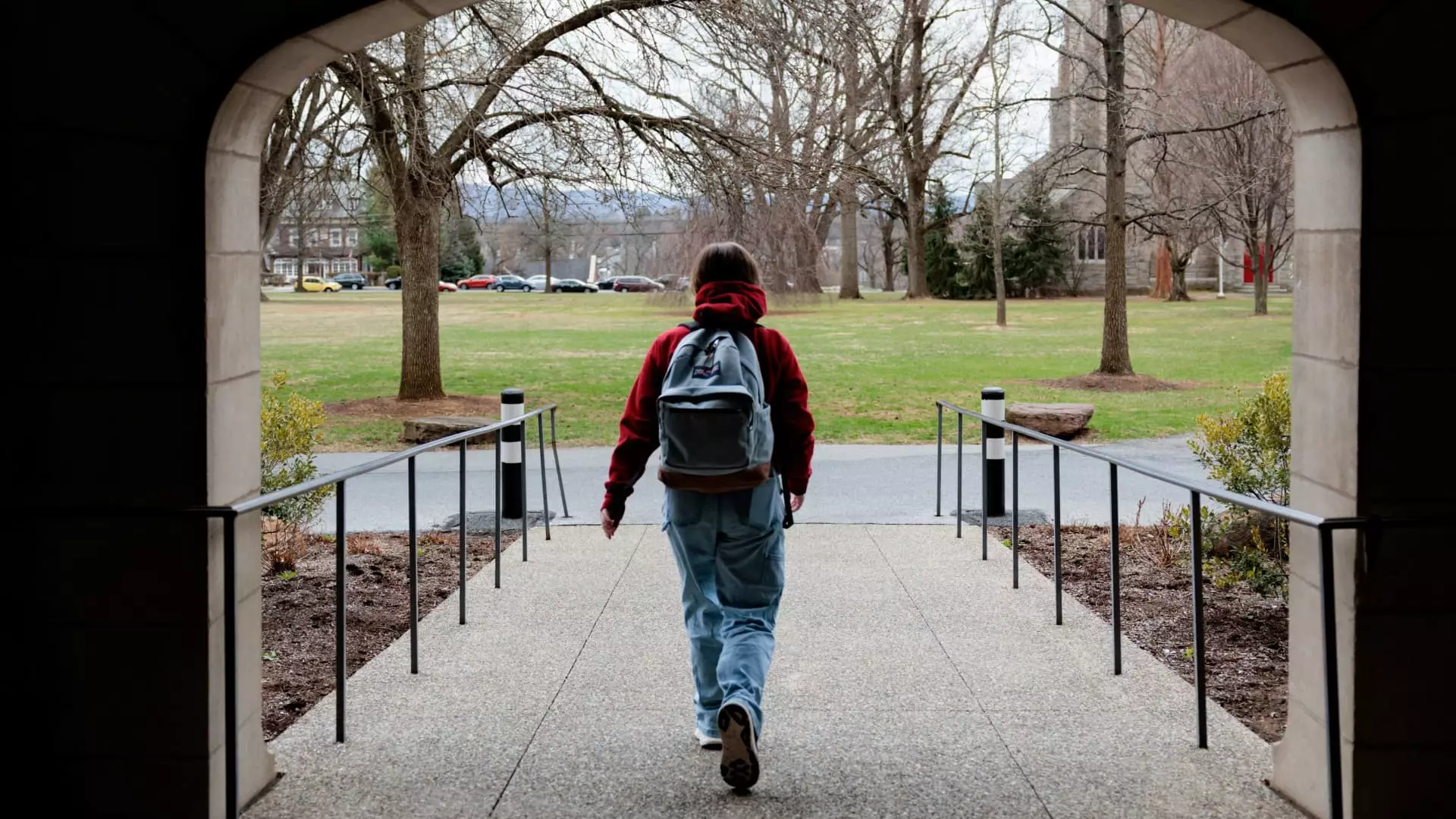For almost three years, millions of federal student loan borrowers have lived under a precarious pause, a temporary reprieve from mounting interest and payments that temporarily shielded them from financial crisis. This pause, initially justified as a pandemic-era necessity, has become emblematic of the flawed confidence many place in the government’s ability to safeguard their financial futures. Now, with an abrupt expiration looming, that trust is on the brink of shattering. The Biden administration’s efforts to bolster relief through the SAVE plan seemed promising but ultimately revealed the alarming fragility of the current system. The pretense of stability cannot conceal the underlying vulnerabilities in the United States’ approach to higher education affordability and borrower protection.
While the administration heralded the SAVE plan as the most affordable student loan initiative ever, it was a plan marred by legal battles, political opposition, and administrative uncertainty. The fact that millions of borrowers were kept in limbo, forced into forbearance while legal challenges played out, exposes a fundamental flaw: reliance on temporary, politically vulnerable measures to address systemic problems. Relying on a temporary pause or short-term solutions risks fostering complacency rather than meaningful reform. Genuine debt relief requires structural change, not band-aid policies that are vulnerable to being revoked at the whim of political parties or litigation hurdles.
Political Interference Undermines Borrower Confidence
The recent termination of the interest-free forbearance by the Trump administration underscores how political interference can destabilize critical support systems. Calling the SAVE plan “illegal” and claiming the Department lacks authority to offer zero-interest relief illustrates a fundamental misunderstanding—or perhaps disregard—of the needs of everyday Americans. When policy shifts hinge on political narratives rather than economic realities, borrowers suffer the consequences. It undermines the very trust that is necessary for them to plan their financial futures responsibly.
Moreover, the Biden administration’s response—placing borrowers into temporary forbearance—demonstrates a reactive rather than proactive approach. While the intention was to prevent immediate hardship, it effectively perpetuated a system dependent on administrative interventions rather than systemic reform. The absence of comprehensive, sustainable solutions leaves borrowers susceptible to future shocks, especially when only limited repayment options are available.
The Limited and Flawed Options for Repayment
As the interest-free period ends, borrowers face a stark reality: their options are few and far between. Currently, only the Income-Based Repayment (IBR) plan is readily available, which caps payments based on income and offers some relief for low-earning borrowers. However, this is an imperfect fix. Many borrowers find IBR plans complicated, restrictive, or insufficient to address their broader financial needs. Furthermore, the upcoming RAP plan, promised but not yet implemented, offers hope but no immediate solace.
This dearth of effective, accessible programs reveals a broader failure of policy to evolve alongside the needs of borrowers. The reliance on income-driven plans alone can’t address the root issues—rising tuition costs, limited public investment in higher education, and underemployment. Without systemic reforms aimed at making college genuinely affordable, these temporary measures will perpetually be band-aids on a hemorrhaging wound.
The Larger Battle for a Fairer Higher Education System
The end of the forbearance is a stark reminder that the promise of widespread relief remains unfulfilled. While policymakers tout plans like SAVE or IBR as solutions, the truth is that they are stopgap measures, not solutions. The overarching challenge lies in whether the nation is willing to prioritize meaningful reform that reduces the reliance on student loans altogether.
Debates around legislative authority, political-funded programs, and legal battles signal that the current system is fundamentally broken. It exposes a broader societal failure: higher education is increasingly commodified, placing the burden largely on students and families, many of whom are ill-equipped to shoulder such debt in the first place. The only lasting remedy is a comprehensive overhaul—expanding public funding, capping tuition growth, and reevaluating the role of higher education in economic mobility.
Until there is a paradigm shift, millions will remain vulnerable, caught in a cycle of uncertainty with limited lifelines. The ending of the SAVE plan’s interest freeze is more than a policy update; it is a stark reflection of the urgent need for bold, sustained action—action that centers on fairness, equity, and the dismantling of a predatory system that treats education as a privilege reserved for the wealthy. Only then can debt relief be more than just fleeting windows of respite; it can become a foundation for true economic justice.

